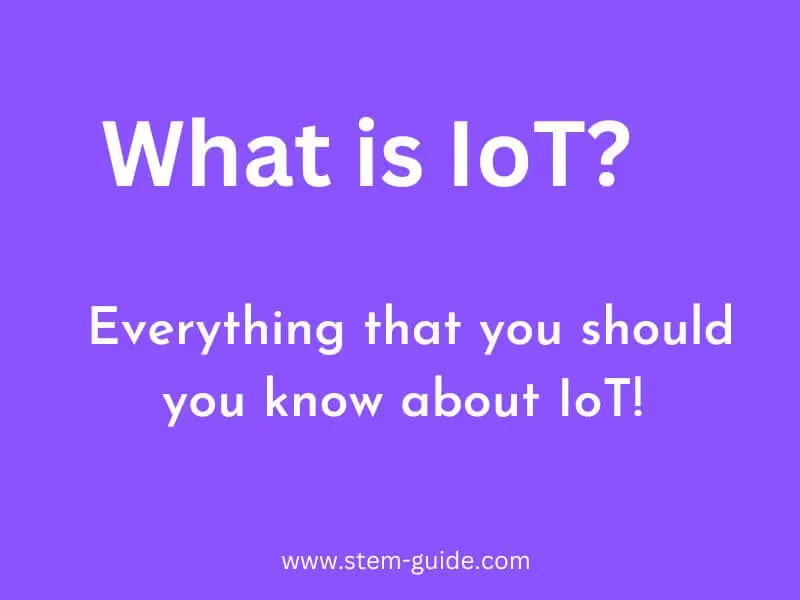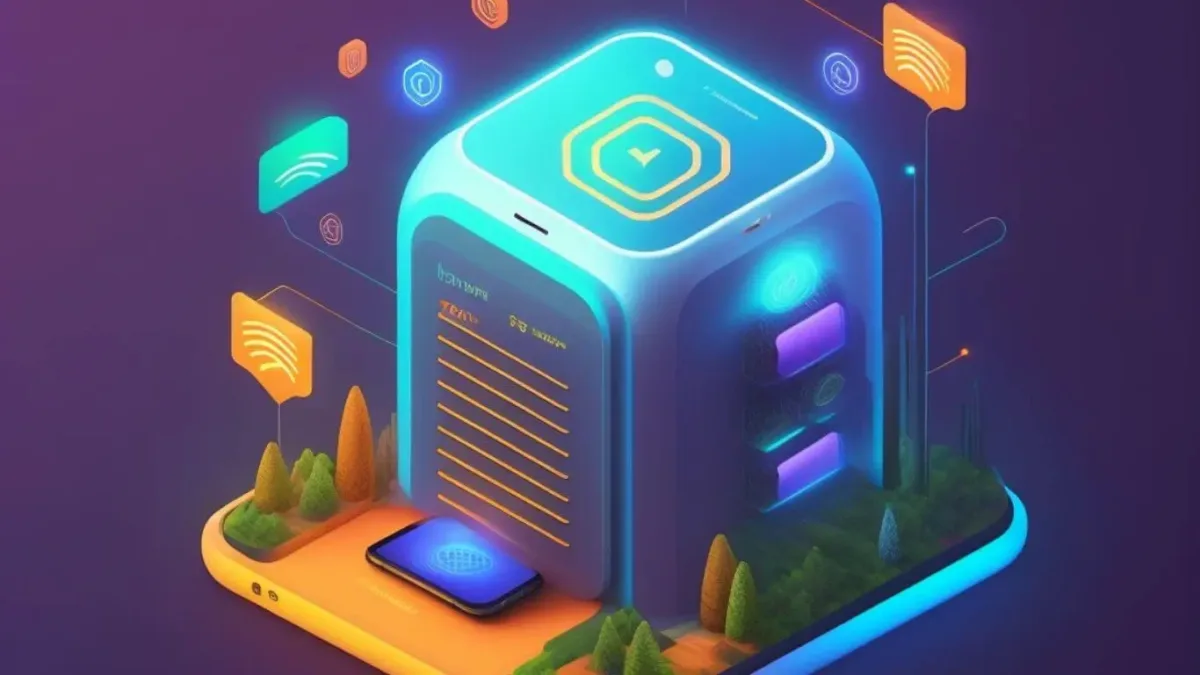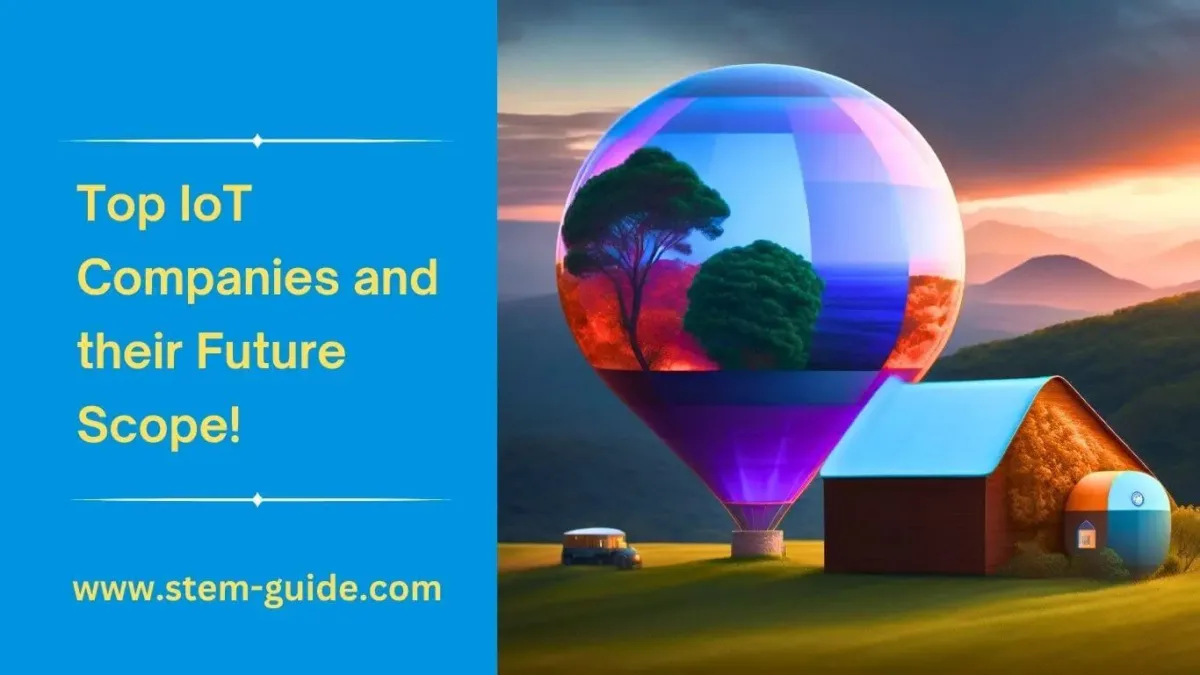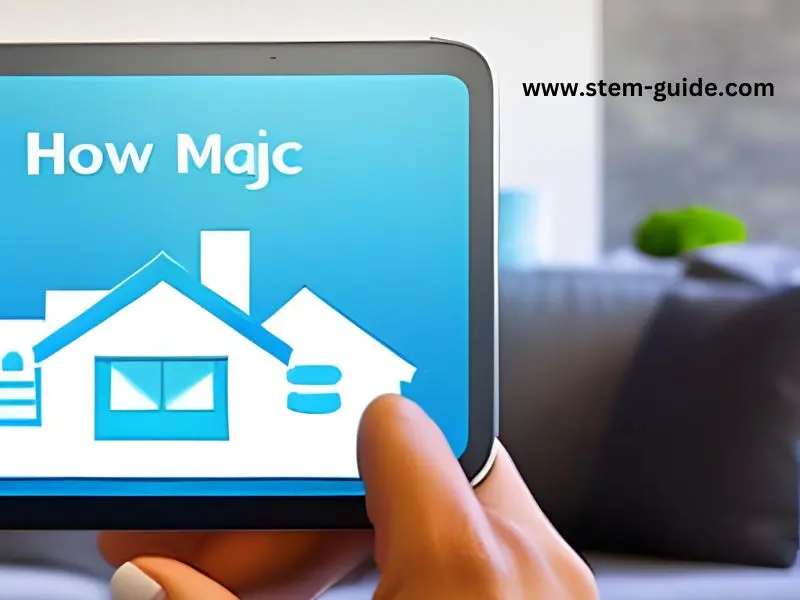Internet of Things – IoT
The Internet of Things (IoT) is a term that describes the interconnectedness of devices and their ability to communicate with one another through the internet. The IoT has been around for many years, but it is only in recent years that it has gained widespread popularity.
Today, IoT is revolutionizing various industries, from healthcare to agriculture, and is changing the way we live and work.
What is Internet of Things in simple words?
IoT is the network of physical objects called “Things”. It is the connection of interconnected internet-enabled devices, embedded with sensors, software, and other technology.
The main purpose of IoT is to collect and exchange real-time data among different devices and nodes through the internet. These devices may be ordinary household items like a microwave or a fridge in the kitchen to sophisticated industrial or manufacturing tools.
Internet of Things – IoT Technologies:
- Wireless Sensor Networks (WSNs) are one of the most popular IoT technologies used to collect and transmit data. WSNs consist of multiple nodes that communicate wirelessly with each other and can be used for various applications such as environmental monitoring, asset tracking, and surveillance.
- Radio Frequency Identification (RFID) is another IoT technology that uses radio waves to read and capture information stored on a tag attached to an object. RFID is commonly used in supply chain management, inventory control, and asset tracking.
- Near Field Communication (NFC) is a technology that enables devices to establish communication with each other by bringing them close together. NFC is commonly used in contactless payment systems, access control systems, and transportation.
- Bluetooth is a short-range wireless technology used for data exchange between devices. Bluetooth is commonly used for hands-free calling, wireless audio streaming, and file sharing.
- Wi-Fi is a wireless networking technology that enables devices to connect to the internet and communicate with each other. Wi-Fi is commonly used in homes, offices, and public places.
- Zigbee is a low-power wireless technology used for data transmission between devices. Zigbee is commonly used in smart homes, industrial IoT, and healthcare IoT.
IoT Applications:
- Smart homes are one of the most popular IoT applications. Smart home devices, such as smart thermostats, smart locks, and smart lights, are connected to the internet and can be controlled remotely using a smartphone or a voice assistant.
- Smart cities are another popular IoT application. Smart cities use IoT technologies to improve the quality of life by collecting and analyzing data on various aspects of urban life, such as traffic, air quality, and energy consumption. This data is used to optimize city services and improve the overall quality of life for citizens.
- Industrial IoT (IIoT) is an application of IoT in the industrial sector. IIoT is used to collect and analyze data on various aspects of industrial processes, such as machine performance, maintenance, and energy consumption. This data is used to optimize industrial processes and improve productivity.
- Healthcare IoT is an application of IoT in the healthcare sector. Healthcare IoT devices, such as wearables and sensors, are used to monitor patients’ health status and collect data on various health parameters. This data is used to provide personalized healthcare services and improve patient outcomes.
- Agriculture IoT is an application of IoT in the agricultural sector. Agriculture IoT devices, such as sensors and drones, are used to collect data on various aspects of farming, such as soil moisture, temperature, and crop health. This data is used to optimize farming practices and improve crop yields.
IoT Security:
IoT security is a critical aspect of IoT, as it involves the protection of sensitive data and the prevention of unauthorized access to devices and networks.
- Data privacy and protection is one of the key aspects of IoT security. IoT devices collect and transmit sensitive data, such as personal information and financial data, which must be protected from unauthorized access.
- Device authentication is another aspect of IoT security. IoT devices must be authenticated to ensure that only authorized devices can access the network and the data.
- Network security is another aspect of IoT security. IoT networks must be secured to prevent unauthorized access and data breaches. This can be achieved through various security measures, such as firewalls, intrusion detection systems, and encryption.
- Regulatory compliance is also an important aspect of IoT security. IoT devices and networks must comply with various regulations and standards, such as the General Data Protection Regulation (GDPR) and the ISO/IEC 27001 standard.
IoT Challenges:
- Interoperability is one of the key challenges of IoT. IoT devices and networks use different protocols and standards, which can make it difficult to ensure interoperability and compatibility between different devices and networks.
- Scalability is another challenge of IoT. As the number of IoT devices and networks increases, it becomes increasingly difficult to manage and scale the network infrastructure.
- Power consumption is another challenge of IoT. Many IoT devices rely on batteries, which can have a limited lifespan and require frequent replacements.
- Reliability is another challenge of IoT. IoT devices and networks must be reliable and available at all times, as they may be used for critical applications, such as healthcare and industrial processes.
- Cost is also a challenge of IoT. IoT devices and networks can be expensive, which can limit their adoption in certain applications and industries.
Future of IoT:
The future of IoT is bright, with many advancements and emerging technologies on the horizon. Advancements in IoT will include improved connectivity, increased processing power, and enhanced data analytics capabilities.
- Emerging technologies, such as 5G, artificial intelligence (AI), and edge computing, will also play a significant role in the future of IoT. 5G will enable faster and more reliable connectivity, while AI and edge computing will enable real-time data analytics and decision-making.
- The impact of IoT on society will also continue to grow, with IoT expected to revolutionize various industries and change the way we live and work.
How to learn IoT?
Learning the Internet of Things is not a very tough job! There are almost a thousand ways to learn the Internet of Things if you are willing to learn.
The best way is to find the answer to the question” Why do I want to learn Iot?”
If you are right with the answer, then you will be able to find the answers to the most asked questions about coding.
- Which is the best platform to learn IoT?
- What is the best course to learn to IoT?
This page will guide you about the best possible IoT courses to proceed.
IoT Projects for
Beginners
Intermediate
Advanced
IoT Careers in
Education
Manufacturing
Research & Developments
IoT Courses for
Beginners
Intermediate
Advanced
-

IoT for Kids – How to Make Devices to Live a Better Life?
IoT for Kids? Are you Kidding? What is IoT? IoT is the connected network of physical objects ‘things’, embedded with sensors, actuators, and software. It connects systems and exchanges data with each other over the internet. Do you remember the story of Khul Ja SimSim? – Ali Baba and Forty Thieve...
-

Internet of Things? How IoT device collects data, acts on it
What is the Internet of Things (IoT)? IoT stands for Internet of Things (IoT), But what is the Internet of Things? When I searched on Google, I found a lot of definitions that are very technical and not easy to understand. To make the definition of IoT easy to understand for you as a non-technic...
-

Choosing the Best IoT Platform: 6 Options for Effective IoT Deployments
IoT Platform: Introduction In recent years, the Internet of Things (IoT) has transformed the way we live and work. From smart homes and wearables to industrial automation and healthcare, IoT devices are becoming ubiquitous. However, managing and integrating these devices can be a challenge. This ...
-

Exploring Top IoT Companies, Key Players, and Future Scope
IoT Companies – Introduction Have you ever wondered how your smartwatch knows when you’re sleeping or the temperature of your home adjusts automatically? These are all thanks to the power of the Internet of Things or IoT. Definition of IoT and its importance In simple terms, IoT refer...
-

Unlocking the Magic: How IoT Enhances Smart Home Automation?
Smart home automation has emerged as a transformative technology, reshaping the way we live and interact with our homes. At the core of this revolution lies the Internet of Things (IoT), a network of interconnected devices that communicate and exchange data over the Internet. IoT projects play a ...




